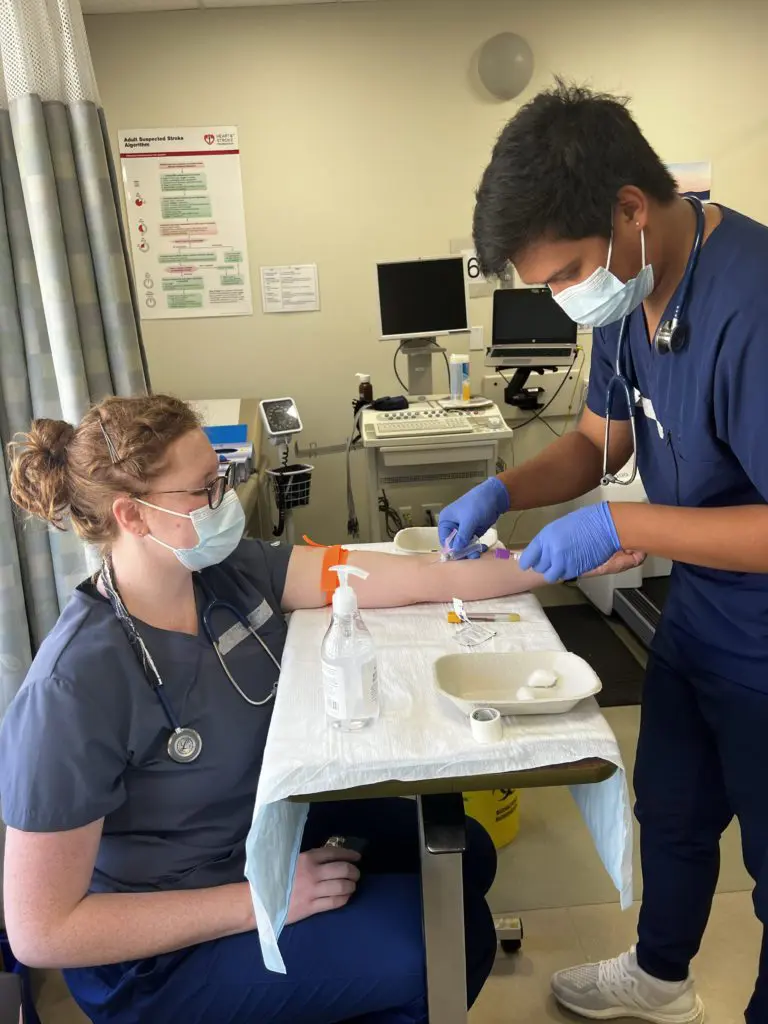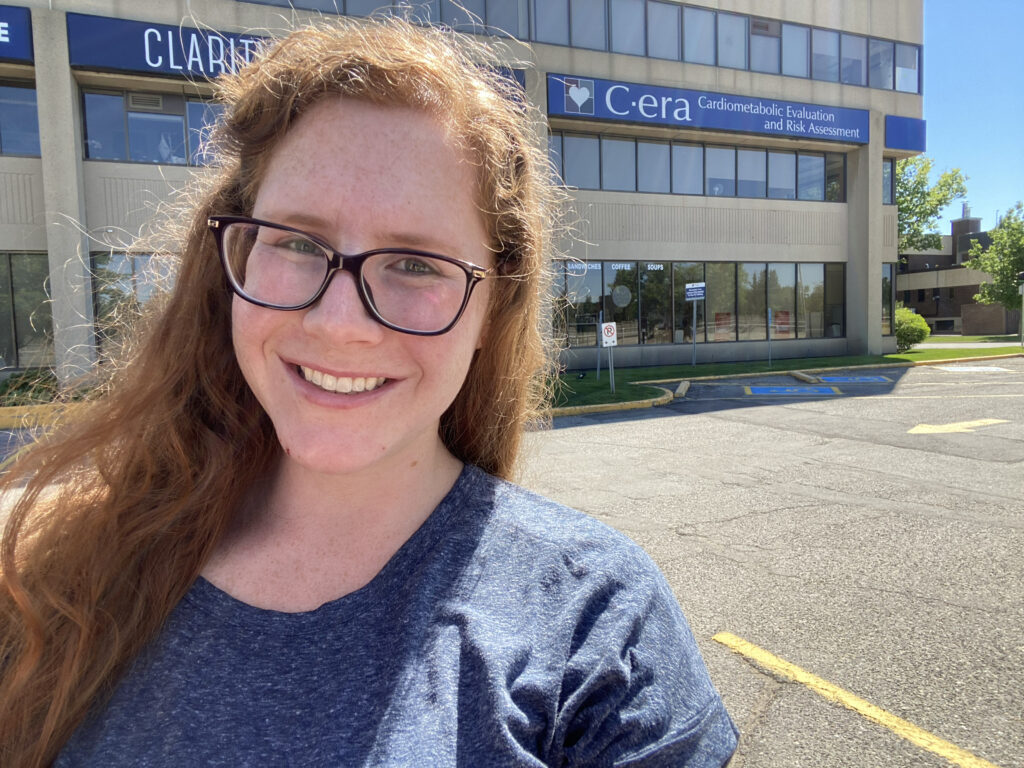We’ve all experienced a racing or fluttering heartbeat at some point in our lives. Maybe it woke us from a nightmare, warned us that we were over-exercising, or made us realize we were falling in love. Heart rhythm irregularities are part of being human. But sometimes irregular beats, called arrhythmias, can veer too far from the normal scope and result in troublesome effects.
Interpreting and recognizing arrhythmias is part of a cardiology technician’s daily life. With the right training, you too could provide amazing patient support at the forefront of this rapidly evolving area of healthcare delivery.
If you plan to enroll in cardiology technology courses, or you have already started your program, read on to learn more about some of the causes, symptoms and treatments for arrhythmia.
The Basics of Arrhythmia: An Aspiring Cardiology Technician’s Guide
The term arrhythmia comes from the Greek word “rhymos,” meaning “rhythm” and the Greek suffix “a” meaning “loss;” coming together to mean loss of rhythm.
Arrhythmias occur when the electrical impulses that make hearts contract aren’t working properly, producing beats that are too fast, slow, or inconsistent.
When contractions make a heartbeat too fast, it’s called tachycardia, and when it is too slow it is called bradycardia. Cardio technologists use trusted scientific methods and state-of-the-art tools to determine which form of arrhythmia a patient has, and whether it’s severe enough to warrant treatment.
Identification: Cardiology Technicians Use Tools to Measure Heart Rhythms
A good cardiology technologist program offers students hands-on experience with heart monitoring technology. It prepares them to enter hospital and clinical settings with the skills needed to conduct a wide variety of diagnostic procedures.
Once you’ve earned your diploma, you’ll be called to perform echocardiograms (ECGs), conduct exercise tolerance tests, and install and scan portable heart monitors.
Almost all cardiology technology works with electrophysiology—the flow of electrically charged atoms throughout biological tissues. Cardiology tools like cardiograms and cardiographs measure this flow of ions with electrical recording techniques, giving technicians a visual representation of their patients’ heart rhythms. This will help you confidently identify arrhythmias and work to heal them.
Contributing Factors: Cardiology Technicians Look for Warning Signs
Professionals in cardiology technologist careers recognize the importance of lifestyle, age, and wellness factors in heart health. Drug and alcohol abuse, diabetes, high blood pressure, mental stress, and smoking can all set the stage for heart rhythm complications.
Cardio technologists should pay extra attention to arrhythmias when patients are known to have scarring of the heart, often the result of heart attacks. With the right training, you’ll learn to read certain charts and data reports for warning signs and indicators of which arrhythmia a patient has and why.
Treatment & Healing: Cardiology Technicians Offer Various Types of Relief
Once you detect arrhythmia in a future patient, if it seems to be causing them weakness, stress, or pain in their daily life, you’ll have the option to investigate further and offer them various kinds of relief.
You will often need to help patients set up their own ambulatory ECGs, like ambulatory Holter heart monitors.
You will also help conduct electrophysiology (EP) tests on patients to determine their arrhythmias’ causes and locations within their hearts. This involves a doctor safely reproducing each patient’s abnormal heart rhythm and recording specific findings.
It’s then decided what action to take—from trying medications on the patient to implanting a heart stabilizing device. If a patient needs a pacemaker, it’s up to a cardio technician to measure the technology’s lead threshold and ensure that it is implanted safely and correctly.
Arrhythmias can reflect minor health weaknesses or potential fatalities. In every case, it’s up to skilled professionals to provide the technology and support patients need to thrive.
Do you want to become a cardiology technician? Visit Stenberg to learn more about our combined delivery diploma program, or to speak with an advisor.






![An ECG demonstrates the extensive antero-septal-lateral myocardial infarction [heart attack] that Taryn witnessed.](https://stenbergcollege.com/wp-content/smush-webp/2022/12/ecg-1024x530.jpg.webp)



